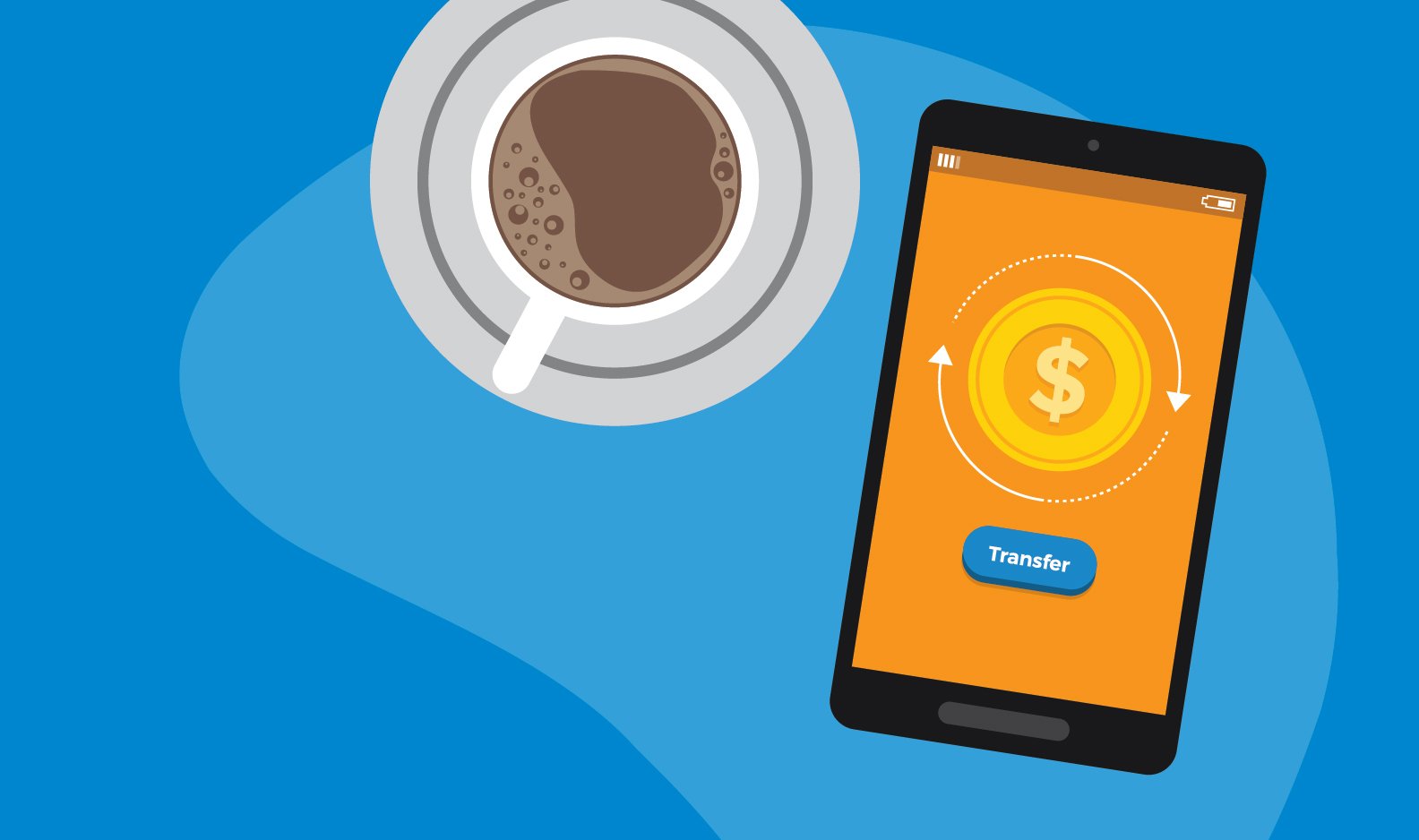Whether we like to admit it or not (and often we don’t), money can significantly impact the way we feel.
In fact, Financial Services Council research shows how much our finances and our overall wellbeing are connected.
It’s not so surprising when you think about it. Crises (and Covid-19 is a recent example) can impact how in control we feel over our finances and how secure we feel in handling the unexpected.
Financial difficulties and how we handle them can affect our relationships, our homes, the protection we have over our belongings, our comfort in retirement, and even our identity and sense of self-worth.
Luckily, there are ways you can get a handle on your financial wellbeing and lessen the stress that comes from money worries. Setting up a rainy day fund is one of them.
What exactly is a rainy day fund?
A rainy day fund is a separate bank account where you keep cash savings you can access in the event of a “rainy day”.
Firstly, let's be clear about what a rainy day isn’t.
It's not when the latest iPhone is released and you want to upgrade your old model. It’s not when you want to go on a holiday but don’t quite have enough in your savings account.
A rainy day is a financial emergency - something happens out of the blue that requires immediate financial action.
Some examples of financial emergencies are when:
- you lose your job unexpectedly;
- a family member falls ill;
- your car breaks down suddenly and needs urgent repairs;
- your fridge stops working and you need to buy a new one; or
- there's an unexpected death in the family.
And a global pandemic? That certainly qualifies as a rainy day. In fact, one could say that in 2020 it was pouring torrentially, with bolts of lightning and claps of thunder thrown in for good measure.
This isn't the same as investments; this money needs to be easy to access when a crisis hits. Therefore, most financial experts recommend you keep this money in a savings account that earns interest rather than in shares, term deposits or other investments.
It's also important these savings aren't kept together with your savings for holidays and other things. The idea is that you shouldn't be tempted to spend your rainy day money on anything other than an emergency.
Can a rainy day fund really improve your wellbeing?
Yes and no. It all depends on how you use it.
First of all, let’s look at how Kiwis feel right now. Our Money and You research found that:
- over a quarter of us would not be financially stable in meeting ongoing financial commitments, such as mortgage/rent and bills, if we lost our job tomorrow;
- over half of us say that financial issues have affected our overall wellbeing; and
- more than 60% of us worry about money on a monthly basis or more frequently.
So it's safe to say that a good number of us feel stressed about money.
Imagine if you had some money that would cover you for a few months should you lose your job – would that make you feel better? It may not make you feel totally carefree, but knowing you have some funds that would help you get by until you found a new job would probably make a huge difference.
That’s exactly what a rainy day fund does; it gives you peace of mind that if something goes wrong you’ll be able to get by – at least for a short time. It’s not a magical solution to all your problems (and if we ever find one, we’ll be sure to let you in on the secret!) What it can do is give you some breathing space. Life will still throw things your way, and a rainy day fund will help you weather the storm.
How much should you have in a rainy day fund?
This really depends how much you need to feel secure that should something go wrong you would be able to cope financially. The general rule of thumb that financial experts recommend is to have a minimum of three months’ worth of expenses.
In other words, you should have enough to cover at least three months’ worth of any mortgage/rent repayments, groceries and bills for your household.
However, the team at Sorted suggest that even $1,000 is a good starting point. Watch the segment from the video below where Sorted's website lead Kate Reddington tells us more about this.
If you don’t own or rent a house, then you'll probably want your rainy day fund to cover the cost of your car or smartphone if it breaks down and you need to buy a new one.
For some people, three months of mortgage/rent repayments, groceries and bills might suffice. You might feel more comfortable knowing you could get by for six months. If you worry a lot about money, you might not feel truly at ease until you have a year’s worth of emergency savings up your sleeve.
Something is better than nothing, so just start small.
How much you have in your rainy day fund might also be dictated by any insurance policies you have. If you have income protection insurance, vehicle insurance, house and contents insurance, mortgage protection insurance, funeral protection, pet insurance, health insurance or life insurance policies (or any other type of insurance not listed here), you could use your rainy day fund to cover your excess and/or anything that your insurance doesn't cover. It's always a good idea to check with your insurance provider what you are and aren't covered for.
How to save for a rainy day fund
Getting to that initial three months’ minimum amount can be difficult, especially if you don’t have many savings left after paying for your essentials. However, every little bit will add up.
One strategy is to automate your payments. Set up an automatic transfer from the bank account your salary gets paid into your rainy day fund account. You can start with just $5 or $10 each time you get paid. If you get a little extra for working overtime, from a side hustle, or simply spend a little less one month, try putting that extra money into your rainy day fund.
Disclaimer:
This information is general information only. It is not intended to constitute financial advice and does not take your individual circumstances and financial situation into account. We encourage you to seek assistance from a trusted financial adviser or other professional advice.
The links that are provided are additional resources that you access at your own risk and the FSC takes no responsibility for any third party content.
The FSC and its employees make no express or implied representations or give any warranties regarding this information and we accept no responsibility for any loss, damage, cost, or expense (whether direct or indirect) incurred by you as a result of any error, omission, or misrepresentation in this information.
14 April 2021.
Share this
You May Also Like
These Related Stories

How can financial know-how improve our wellbeing?

Ten financial New Year’s resolutions
